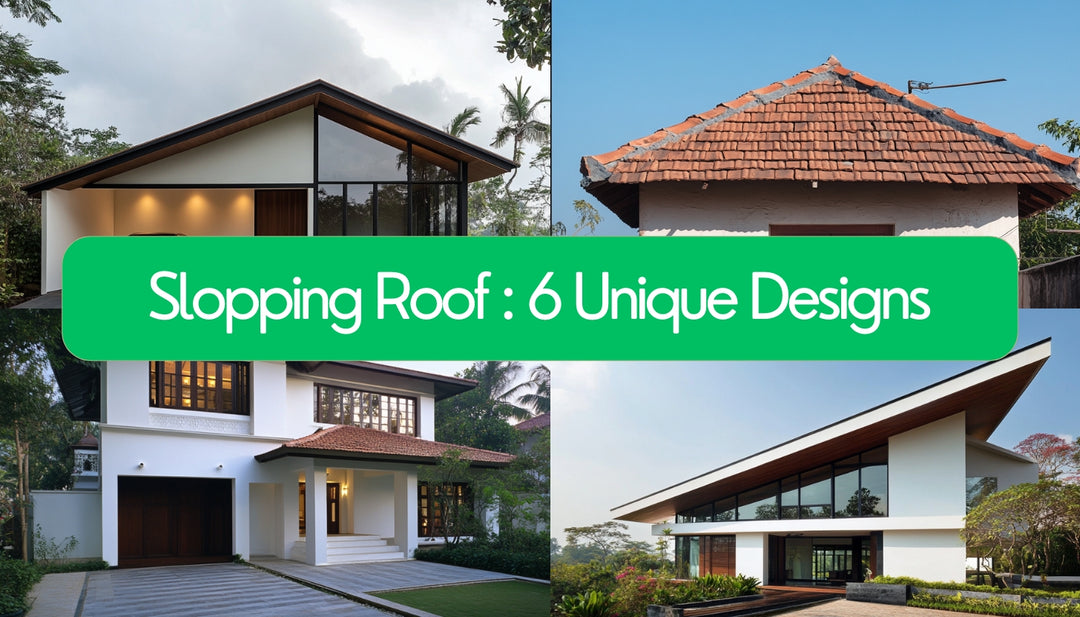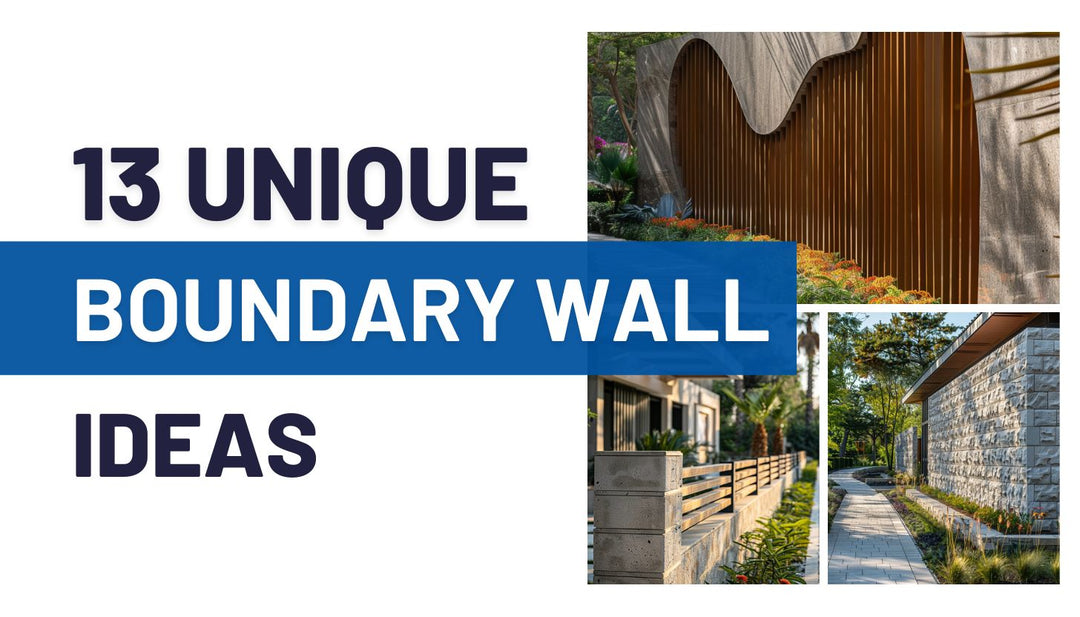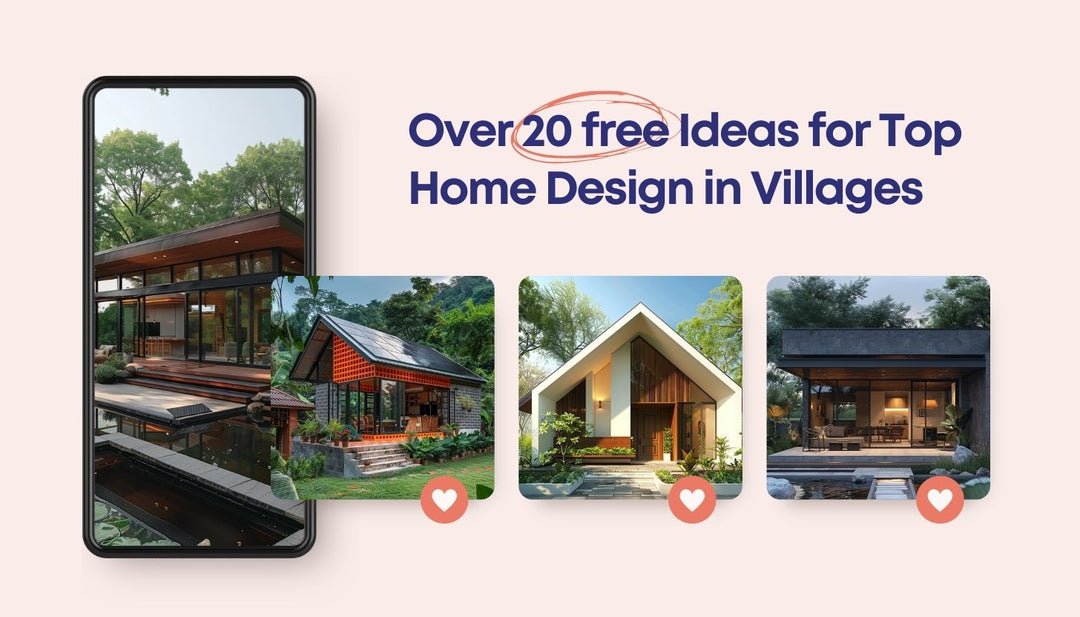What is Interior Design Really About and Why Invest in It?
 Essence of Interior Design: A Comprehensive Guide
Essence of Interior Design: A Comprehensive Guide
Bringing to life your dream space, whether it's a cozy home, a rejuvenated workspace, or a chic business establishment, is an art that unfolds through interior design. This inclusive guide will enlighten you about the nuances of interior design, the indispensable role of professional interior designers, and the edge that Ongrid.design's online architecture and interior design services bring to your design journey.
Diving Into the Depths of Interior Design
 To put it succinctly, interior design is a fine blend of art and science that aims to enhance the interior of a space or building, to accomplish a more aesthetically pleasing and functionally efficient environment. It involves creating an environment that is conducive to the health and well-being of those who inhabit it while also being visually appealing.
To put it succinctly, interior design is a fine blend of art and science that aims to enhance the interior of a space or building, to accomplish a more aesthetically pleasing and functionally efficient environment. It involves creating an environment that is conducive to the health and well-being of those who inhabit it while also being visually appealing.
Interior design is about more than just selecting colours and arranging furniture. It is an intricate process that takes into consideration numerous aspects, such as:
- Space Management: Efficient use of space is vital to creating a room that feels both spacious and cosy. Designers adeptly balance furniture, decor, and open space to achieve this.
- Colour Theory: The use of colour can significantly impact the mood and feel of a space. Designers use colour theory to create different moods in different spaces and to create a harmonious flow between rooms.
- Lighting Design: Lighting can enhance or detract from an interior space. Designers use lighting to highlight important features, create mood, and provide functional illumination.
- Material Selection: The choice of materials can influence both the look and feel of a space. From furniture and flooring to textiles and accessories, each material contributes to the overall aesthetic and function of a room.
An adept interior designer such as those at Ongrid.design combines these elements seamlessly to create interiors that are as pleasing to the eye as they are comfortable and functional to live in.
"Design is not just what it looks like and feels like. Design is how it works." - Steve Jobs
Demystifying the Work Process of an Interior Designer
Every design journey begins with a vision—an idea for a space that exudes beauty, efficiency, and perfect alignment with the user's lifestyle. Interior designers act as translators of these visions, using their specialized skills and experience to guide the project from inception to completion.
The comprehensive design process, typically, involves several key stages:
- Understanding the Client's Vision: Every project starts with a consultation where the designer learns about the client's vision, their lifestyle, and their preferences. This information forms the bedrock of the design concept.
- Developing the Design Concept: The designer uses the client's brief as a springboard to develop a detailed design concept. This concept acts as a roadmap for the project, guiding the decisions made in the following stages.
- Space Planning: During this stage, the designer creates a detailed floor plan, marking the location of each piece of furniture and equipment, ensuring the space is used efficiently.
- Selecting Materials and Finishes: Once the floor plan is in place, the designer selects the colours, materials, and finishes that align with the design concept. This includes everything from the paint colour to the fabric on the furniture.
- Procuring and Installing Design Elements: After the materials and finishes are finalized, the designer procures the necessary items and supervises their installation.
- Final Review and Styling: Finally, the designer reviews the completed project to ensure it aligns with the design concept and adds any finishing touches needed.
At Ongrid.design, the design process is meticulously tailored to each client's unique needs and aspirations. Their experienced designers manage every facet of the project, ensuring
the final design mirrors the initial vision and exceeds expectations.
"The role of the designer is that of a good, thoughtful host anticipating the needs of his guests." - Charles Eames
For a closer look at how Ongrid.design masterfully handles the design process, consider perusing this insightful case study on how a professor's dream home was brought to life.
Room-by-Room Design Delights
The Heart of Home: Living Room Design
When it comes to the living room, it's all about creating a welcoming, cosy space that reflects your style and personality. Designers consider factors such as colour schemes, furniture selection and placement, and lighting to make the living room a space where everyone would love to gather. For inspiration, explore this case study showcasing Ongrid.design's ingenuity in living room design.
Culinary Canvas: The Kitchen

Designing a kitchen is about balancing aesthetic appeal with functional efficiency. Designers ensure a smooth workflow with proper placement of appliances and countertops. They also consider the storage needs, choosing cabinets and shelves that offer optimum space utilization. Delve into the art of kitchen design with this case study.
Dine in Delight: The Dining Room
The dining room is where families gather to share meals and make memories. Designers focus on creating a warm, welcoming space with comfortable seating and an inviting dining table. They also incorporate lighting and decor that sets the perfect mood for every meal. Browse through this case study for dining room design inspiration.
A Personal Haven: Bedroom Design
A bedroom should be a personal haven - a place to unwind and relax. In designing a bedroom, the emphasis is on comfort and tranquillity. The choice of colours, fabrics, and lighting all contribute to creating a serene and cosy atmosphere. Check out this beautifully designed 3BHK apartment to gather bedroom design ideas.
Journey into a Child's Wonderland: Kid's Bedroom Design
Creating a child's bedroom is about balancing fun, function, and safety. These spaces are designed to stimulate the child's imagination, facilitate learning, provide comfort, and ensure safety at every corner. The designers employ a wide range of colours, patterns, materials, and themes that appeal to the child while also catering to their changing needs as they grow. Ongrid.design has a plethora of inspiring case studies to guide you in designing your child's dream bedroom.
"Interior design is a business of trust." - Venus Williams
Delving into Diverse Interior Design Styles
Check out our 20 Popular Interior Design Styles in 2023 for a more elaborate guide.
Every space tells a story, and the language it uses is the interior design style. Whether it's a whisper of minimalism or a shout of boho chic, the style sets the tone and feel of the space. Let's explore some popular interior design styles:
Clean and Uncluttered: Modern Interior Design
Modern design is characterized by its uncluttered, clean lines, neutral colour palette, and use of materials like glass, steel, and metal. This style prioritizes functionality and simplicity over excessive decoration. For an example of a home exuding modern design principles, visit this Ongrid.design case study.
Rustic Industrial Charm: Industrial Interior Design
Industrial interior design is all about raw, unfinished aesthetics. It embraces architectural elements like exposed bricks, ductwork, and wood and metal surfaces. This style often incorporates vintage furniture and accessories to create a rough, old-world charm. Explore this unique design style with our inspiring projects.
Blend of Tradition and Comfort: Indian Interior Design
Indian interior design style is a rich blend of diverse regional cultures, traditions, and history. It features vibrant colours, intricate patterns, traditional motifs, ornate woodwork, and a variety of textures. An Indian-style interior provides a warm, inviting, and vibrant ambiance. Dive into this design style with our Indian interior design project.
Free-Spirited and Eclectic: Bohemian Interior Design
Bohemian design is for those who want a home that is full of life, culture, and interesting items. It embraces carefree, eclectic, and unusual combinations of colours, patterns, and textures. It's about filling spaces with items you love and that tell your story.
Timeless Elegance: Contemporary Interior Design
Contemporary design is rooted in the moment. It is fluid and evolving, reflecting current trends in design. It is characterized by neutral palettes, strong geometric shapes, and minimalism.
Simplicity and Functionality: Scandinavian Interior Design
Scandinavian design is marked by a focus on clean, simple lines, minimalism, and functionality without sacrificing beauty. It includes the use of natural materials, such as leather, wood, and hemp. Furthermore, it's common to see a flood of natural light in Scandinavian-style homes.
"Design is a plan for arranging elements in such a way as best to accomplish a particular purpose." - Charles Eames
Up next, discover why you might need an interior designer and the distinct difference between a decorator and a designer.
The Expert's Aid: Do You Need an Interior Designer?
An interior designer is not just a luxury but a need if you seek professional guidance to ensure that every inch of your space is well-utilized, aesthetically pleasing, and cohesive. From understanding the technicalities of space to creating designs that reflect your personality, an interior designer provides comprehensive solutions.
But you may ask, why not a decorator? Let's dive into that.
Designer vs Decorator: Why Not Hire a Decorator Instead?
While both interior designers and decorators work to enhance the aesthetic appeal of a space, their roles and expertise differ significantly.
Interior designers are formally trained professionals skilled in design, architecture, and project management. They can handle structural planning, space utilization, safety provisions, and more. Their work transcends the mere visual aspect of a place, encompassing functionality, efficiency, and comfort.
On the other hand, decorators focus primarily on the aesthetic elements - furniture, fabrics, colour schemes, accessories, etc. They can beautify a space but may not have the required expertise to handle structural changes, codes, and regulations.
In short, if you need to revamp the look of a room without altering its structure, a decorator could suffice. However, for a comprehensive design solution involving aesthetic and structural changes, an interior designer, like those at Ongrid.design, is the way to go.
Learn more with an In-Depth guide: Interior Designer or Decorator: Who Should You Choose?
A Closer Look at the Full-Fledged Design Process
Delving into the process of interior design will give you a better understanding of the expertise and effort it involves.
Stage 1: Design & Consultation - Laying the Groundwork
At Ongrid.design, we set off your design journey by comprehending your needs, lifestyle preferences, aesthetic tastes, and budgetary considerations. We thoroughly evaluate your space to pinpoint its strengths and limitations. Our aim is to envision and illustrate how your space can be uniquely transformed to align with your desires and expectations.
Stage 2: Concept and Theme Presentation - Mapping the Vision
Post consultation, we present diverse design concepts and themes that resonate with your requirements. This phase is instrumental in forging the path forward, with the design concept serving as the guiding beacon for all future steps. Your inputs and feedback here greatly influence the development of your personalized design narrative.
Stage 3: 3D Visualization - Bringing Your Dream to Life
Based on your preferred concept and theme, we then progress towards the exciting realm of 3D visualization. This crucial step allows you to 'experience' your dream space before it materializes. It's a dynamic process where the tiniest of elements, from room layouts to furniture positioning, from color palettes to texture choices, are all brought together in a realistic, three-dimensional format.
Stage 4: Working Drawings - The Blueprint of Your Dream Space
After all the creative brainstorming and digital rendering, we finally embark on crafting an exhaustive set of working drawings. These comprehensive blueprints serve as the guiding manuals for your vendors and contractors, enabling them to execute the design to the exact specifications and finest details.
These meticulously executed stages ensure that your journey with Ongrid.design is not just about creating a space, but about bringing your dream home to life, one step at a time.
"Design is not just what it looks like and feels like. Design is how it works." - Steve Jobs
The Monetary Aspect: How Much Does Interior Design Cost?
How much you invest in interior design depends on several factors, including the scope of the project, the designer's expertise, the complexity of the design, the materials used, and your location. While it can range from a few thousands rupees for simple decor changes to several lakhs for a full-blown remodel, it's important to remember that good design can significantly enhance the functionality, comfort, and aesthetic appeal of your space, providing value for your investment.
For a clearer picture, consider this example. Suppose you've just bought a 3bhk apartment and want to give it a complete makeover. Depending on the materials, labour, and design elements you opt for, the price can vary significantly.
The cost of interior design services at Ongrid.design is reasonable and transparent, ensuring that clients get the best value for their money.
Making the Decision: Should You Invest in Hiring an Interior Designer?
So, should you invest in hiring an interior designer? The answer, in most cases, is a resounding yes. Interior design is more than just about beautifying a space; it's about creating an environment that enhances your quality of life. By investing in professional interior design services, you're investing in your comfort, productivity, and well-being.
Moreover, hiring a professional designer saves you time, effort, and potentially a lot of stress. They handle everything from conceptualization and planning to execution and installation, ensuring the result is functional, aesthetically pleasing, and tailored to your needs and preferences. You're also likely to avoid costly mistakes that you might make if you were to do it yourself.
Your First Step: How to Prepare for Your First Meeting With an Interior Designer?
It's important to prepare for your first meeting with an interior designer to make the most of it. Start by understanding what you want from your space. Are you looking for a complete remodel or minor updates? Do you prefer a modern look or something more traditional? Gather pictures of spaces and design elements that appeal to you.
Next, consider your lifestyle and needs. Do you have children or pets? Do you work from home? Do you often entertain guests? All these factors will influence the design.
Prepare a realistic budget for your project. Having a clear understanding of how much you're willing to spend will help guide the design process and ensure that it aligns with your financial parameters.
"Design is a plan for arranging elements in such a way as best to accomplish a particular purpose." - Charles Eames
Let's delve into the things you should discuss with your designer!
Key Points of Discussion With Your Designer
When you meet your interior designer for the first time, it's crucial to discuss your expectations, preferences, and requirements in detail. Here are some important things you should discuss:
- Your Lifestyle: This includes your daily routines, work life, hobbies, habits, and the number of people in your home. This will help the designer create a space that is both functional and comfortable for you and your family.
- Your Aesthetic Preferences: Share your likes and dislikes in terms of style, colours, patterns, and materials. You can use images from magazines or online sources to help communicate your ideas.
- Your Budget: A clear understanding of your budget will allow the designer to suggest the most suitable and cost-effective solutions for your project.
- Your Expectations: Define the scope of the project, the level of involvement you wish to have, and the timeline for completion.
Remember, communication is key in the interior design process. The more accurately you can convey your thoughts and ideas, the better the designer will be able to meet, or even exceed, your expectations.
How Can Ongrid.design Help You?
Get Started
Fill the form below and our experts will be in touch
When it comes to bringing your dream space to life, Ongrid.design is your best bet. With over 20 years of experience in residential projects and a team of certified professionals and award-winning designers, we're committed to delivering designs that are as functional as they are beautiful. We offer an array of services, from architecture to interior design, to cater to your specific needs.
Our unique online platform allows you to collaborate with our designers from the comfort of your home. We're with you every step of the way, ensuring a seamless and enjoyable design experience. So whether you're looking to design a villa or a cozy 2bhk apartment, we've got you covered.
Let's explore some frequently asked questions about interior design to further broaden your understanding.
Frequently Asked Questions
What Is Your Definition of Interior Design?
Interior design is both an art and science of enhancing the interiors of a space to achieve a healthier and more aesthetically pleasing environment for the users. It's a multifaceted profession that involves conceptual development, space planning, site inspections, programming, research, communicating with stakeholders, construction management, and execution of the design.
What Is the Role of Interior Design?
The role of interior design is to improve the user's experience of a space. This is achieved by better utilization of the space available, improving the functionality, safety, and aesthetic appeal of interior areas. The goal is to improve the quality of life, increase productivity, and to protect the health, safety, and welfare of the public.
What Are the 4 Types of Interior Design Styles?
There are numerous interior design styles, but some popular ones include:
- Modern: Characterized by simplicity, clean lines, and a monochromatic colour scheme. It uses materials like metal, glass, and steel.
- Industrial: Raw, unfinished look with open floor plans, exposed brick walls, and exposed pipes and ducts.
- Indian: Rich in colour and texture, inspired by Indian heritage, culture, and history. Uses bold colours, intricate patterns, and ornate furniture.
- Scandinavian: Inspired by the simple, minimalist designs of Sweden, Norway, and Denmark. It emphasizes clean lines, functionality, muted tones, and warm textures.
What to Expect From Interior Designers?
From the initial meeting to the final reveal, you can expect your interior designer to:
- Understand your lifestyle, aesthetic preferences, and functional requirements.
- Develop a cohesive and beautiful design plan.
- Coordinate and manage the project, including ordering products, overseeing contractors, and handling any issues that may arise.
- Keep you informed and make sure the project stays on schedule and within budget.
Intrigued? Let's chat! Talk to a designer at Ongrid.design today and get started on your journey to create the perfect space for your needs.
Related Blogs:
- A Professor's Journey to Building His Dream Home
- The Art of Crafting Dream Spaces: Ongrid's Masterful Interior Design in Yawatmal
- Maximizing Space on a Budget: Mr. Maiti's Ongrid Designed Duplex with 3 Bedrooms
- Transforming Spaces: A Case Study on Ongrid's Expertise in Interior Design
- How to Make Normal House Front Elevation Designs Epic










